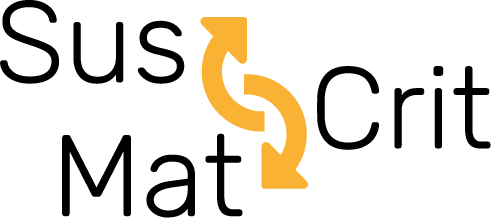David Peck from TU Delft highlights in this introductory video the historical role of raw materials. After showing how materials were both an important cause of and decisive factor in both world wars – where the notion of “critical raw materials” was established out of necessity -, David Peck illustrates how raw materials continued to shape geopolitics and how the current field of “critical raw materials” has evolved to this day.
Module description
This training module introduces geopolitical aspects which have led to the current framing of critical materials in the 21st century.
This module presents a historical journey to the notion of critical materials in the 21st century. The journey covers the period from the first world war, the first use of the term ‘critical materials’ just before world war two through the post war period into the 21st century. There is a focus on Europe and USA in this module. However, criticality is not only based on raw materials but also on the technologies that determine their transformation and their use. Technologies are an object of tension as they take part in economic development and make countries more powerful.
For teachers and learners who are more familiar with working with historical-geopolitical teaching or learning, there is an opportunity to use the exercise to explore current geopolitical actions with respect to critical materials.
Learining objectives:
- Explain the mechanisms behind the major geopolitical trends in materials supply and demand;
- Explain the main drivers of geopolitics in relation to materials stocks and flows.
- Describe the geopolitical time-line across the 20th century.
- Describe the interlinkage with issues of sustainability – circular
- Describe a more systemic and a more global vision of criticality
- Explain and understand the notion of value chain applied to critical raw materials
Teaching materials
The exercises for this manual are included in the Teacher’s manual.


